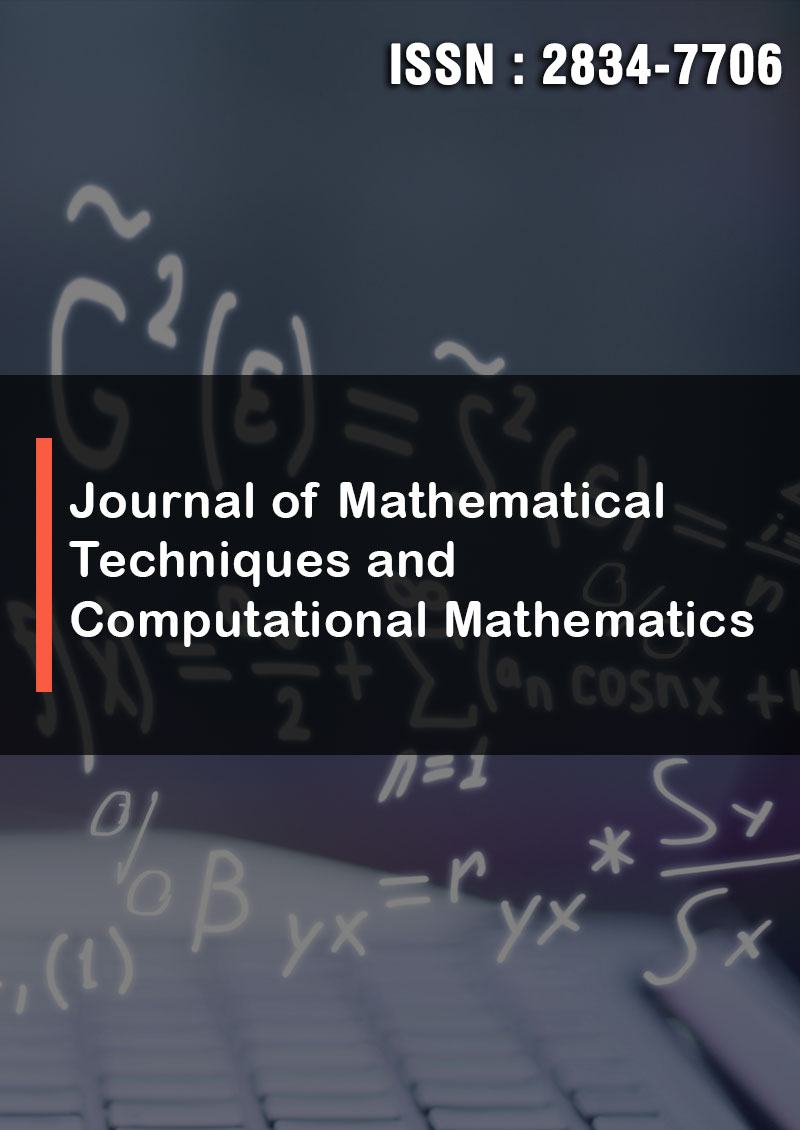The Role of Amhara Credit and Saving Institution in Improving Rural Households Livelihood
Abstract
Ayisheshim Bekele Abebe, Debassu Adiss Balew
In Ethiopia only 7% rural community have ever received loan from microfinance. Some researchers argue that micro- finance is not a silver bullet or panacea of poverty alleviation. The main objective of this study is to investigate the role of Amhara Credit and Saving Institution in improving livelihood of rural households. Cross sectional design and mixed research approach were used. The target population of the study was rural household clients and samples were selected by systematic random sampling. Data were gathered from primary sources via structured questionnaire and by in-depth interview. Data were analyzed quantitatively and qualitatively. Percent from descriptive and related paired t-test and Pearson correlation from inferential were mainly used. Amhara Credit and Saving Institution is not effective in improving saving habit of rural client’s ad their saving amount is not enough to minimize livelihood vulnerability. The institution is not effective in helping rural clients to convert their loan for livelihood asset building and creation. The im- provement of rural household’s livelihood assets after they became a client is limited mainly to human, social and finan- cial assets. There is no significant improvement in natural and physical livelihood assets. Therefore, the institution must work with different offices agriculture office specially to bring improvement on natural and physical livelihood assets.



